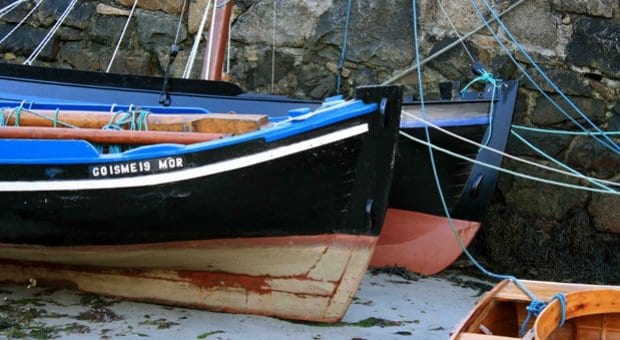
Fishing boats pulled ashore in Galway's bay. Credit: Aefa Mulholland
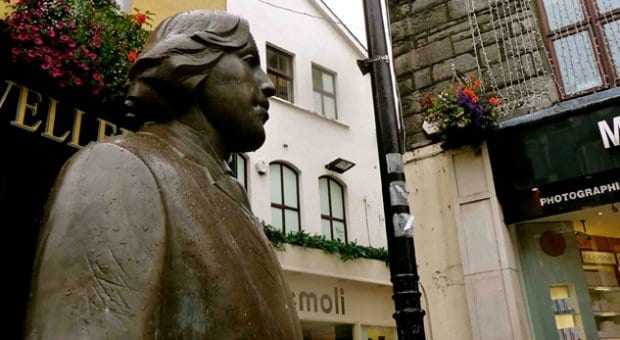
A statue of Oscar Wilde stands in a shopping street in Galway. Credit: Aefa Mulholland
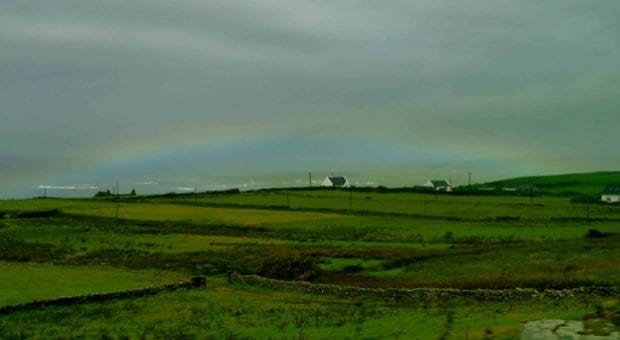
A rainy-day rainbow just outside Galway. Credit: Aefa Mulholland
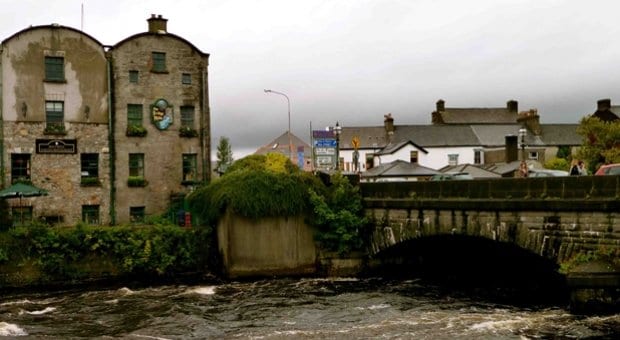
River Corrib and Nun's Island. Credit: Aefa Mulholland
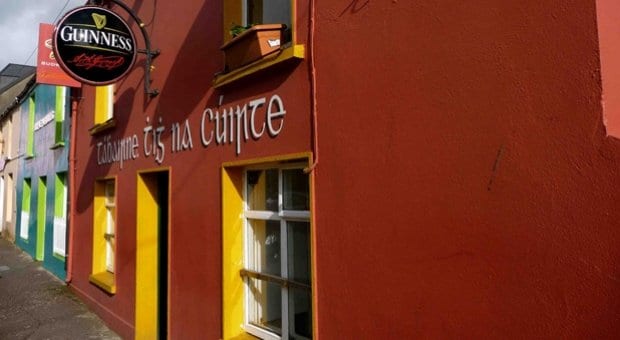
A typical Irish pub, which are the centres of Irish social life. Credit: Aefa Mulholland
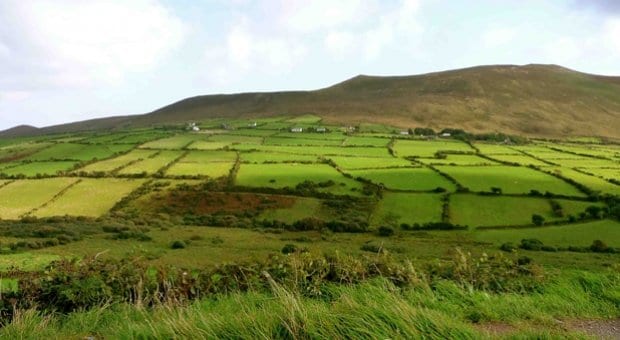
Green fields of the Emerald Isle. Credit: Aefa Mulholland
Perched on Ireland’s ruggest west coast, on the brim of the Atlantic, Galway is a diminutive destination with a big heart, huge personality and hectic calendar of festivals. Today, the medieval city of 70,000 is a college town and the fastest-growing town in Ireland. Galway has its stunning Atlantic vantage point to thank for much of its fortunes — it was perfectly poised for trade with France, Spain and Scotland’s Western Isles — and, of course, for its weather. With its frequent sea fogs and low-slung clouds, it often feels like being under a mister in Palm Springs . . . give or take 10 degrees.
To get your bearings, start at Eyre Square and, passing the bronze statue of Oscar Wilde, take a wander down bustling, cobbled Shop Street — with its stores, boisterous spill of sidewalk tables and elegant department store Brown Thomas (home to good designer labels) — to the dark, fast-flowing River Corrib where it flows out to Galway Bay. Fifteen minutes’ walk from the 16th-century Spanish Arch that sits on the site of the old city walls, the slightly faded 1950s seaside resort Salthill offers two kilometres of beach, hemmed by a busy promenade.
Lacking in major must-dos, Galway is a place to soak up the ambiance of the Ireland of postcards and clichés. The seaside city offers ancient restaurants, buskers on every street corner, low-ceilinged pubs with warrens of interconnected rooms, traditional musicians providing the soundtrack, roaring fires, pints of Guinness and friendly locals. Freed from the obligations of a hectic sightseeing schedule, visitors to Galway tend to find themselves spending afternoons and evenings in the town’s myriad teeming pubs. It’s not just visitors to the country who accept this seemingly inescapable fate — as Valencia is to the Spanish, Galway is where the Irish go to party.
The food scene, too, is a draw. Seafood such as Galway Bay clams, oysters, line-caught tuna and wild smoked salmon stars, of course, but Galway’s menus also milk the bounty of irresistible ingredients from the province: cheeses, cured meats, breads and craft beers. You can taste practically the entire spectrum at the creative Ard Bia, “high food” in Irish, where local produce meets French culinary techniques and delivers results such as creamy black-pudding rösti or brill with celeriac remoulade and crème fraîche in the atmospheric upper room of a medieval rough-hewn stone building.
Bars and clubs
Queer-specific bars come and go in Galway. While most of the scene’s mainstays have gone, the latest, G Bar and Club Buddha, opened in November 2012 and was an instant hit with the locals. For a perfect taste of traditional Galway, go to Tigh Neachtain, where gay poet Allen Ginsberg was known to cosy up in one of the snug corners with a pint and a book. Or try the perfectly preserved Quays pub — with its stained glass, carved wood and character. Or spend the day exploring the nooks and crannies of the cavernous Front Door, with its five bars.
Accommodation
The sumptuous 101-room G Hotel looks so good that it’s hard to know whether you want to stay in it, wear it or eat it. Designed by fabulously fanciful Galway-born Philip Treacy, gay milliner to the stars, a trio of ground-floor lounges boast farfetched costume changes, strutting from stripes and pinks to electric blues to a canopy of 300 silver spheres, all accompanied by delicious food and drinking options. Guestrooms are crammed with luxe touches, too, from swooping stand-alone tubs to fireplaces to Frette linens. It all lives up to Treacy’s “hotel as catwalk” agenda. More centrally, the gay-friendly Harbour Hotel is a great choice if you want to avoid cars or cabs.
Nearby Cork and Dublin
A two-hour drive east from Galway is Dublin, with a friendly, fun gay scene where bars, dance clubs, restaurants, stores and a bathhouse are all within easy walking distance of one another. For helpful travel advice, see our gay Dublin city guide. For map locations and links to more than 70 places of interest, see our gay Dublin listings pages. Two and a half hours south of Galway is Cork, Ireland’s second largest city, situated on the banks of the River Lee. Cork is more laid-back than Dublin and has a large artistic community, with music, dance, theatre and visual arts in abundance. For helpful travel advice, see our gay Cork city guide. For map locations and links to more than 35 places of interest, see our gay Cork listings pages.
To sort through the clichés about the Emerald Isle and discard a few, read our travel feature on Ireland.
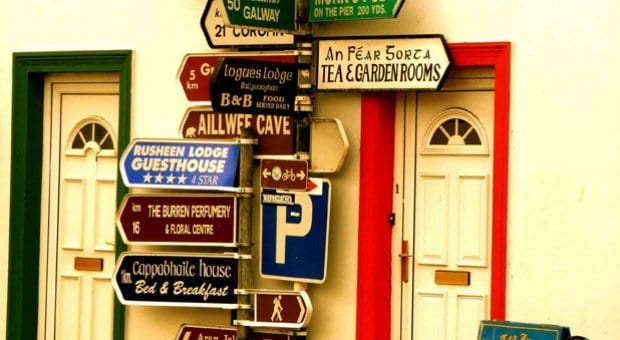
 Why you can trust Xtra
Why you can trust Xtra